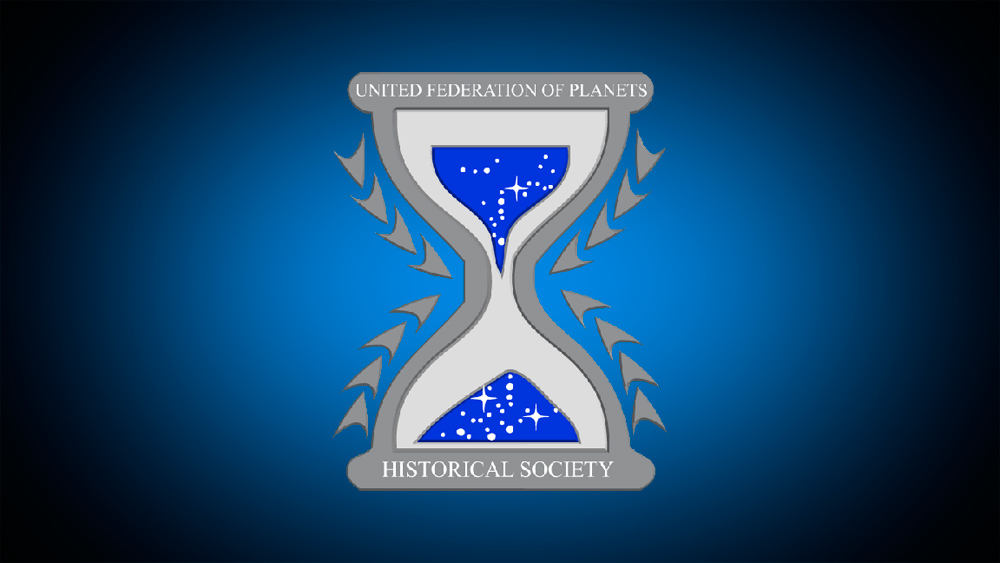duotronics (FASA)
Duotronics was a revolutionary computer information processing system developed by Dr. Richard Daystrom[1] in 2171,[2] a breakthrough which earned him the Nobel and Zee-Magnees prizes.[1] By 2208,[2] it was installed in all Federation Starfleet starships like the U.S.S. Enterprise NCC-1701.[1]
On Reference Stardate 1/7109 (September 2171),[3] Daystrom, a research physicist[2] working with William Abramson[3] at Starbase 6, described duotronics as a "revolutionary new concept in computer theory" compared to the binary systems of old. Instead of a simple Yes/No bit system of data storage, duotronics used 10d gradations of yes, no, and maybe, with as much as 1036 possibilities for a simple million-bit program, allowing for a theoretically infinite number of possible ratios in larger programs. Daystrom theorized that this could, eventually, even lead to the ability to process information concerning every atom in the galaxy. Duotronics was able to become a reality thanks to a new generation of space-made, super-dense synthetic crystals with internal structures that lent themselves well as conductors in a duotronic system.[2]
Notes and References
- ↑ 1.0 1.1 1.2 Roddenberry, Gene (Executive Producer). "The Ultimate Computer." Star Trek, Season 2, Episode 24. Directed by John Meredyth Lucas. Story by Laurence N. Wolfe. Teleplay by D.C. Fontana. Desilu Productions, 8 March 1968.
- ↑ 2.0 2.1 2.2 2.3 Goldstein, Stan et al (Authors). Spaceflight Chronology. Star Trek. Book. Wallaby Books. 1980.
- ↑ 3.0 3.1 Menke, Bernard Edward and Rick David Stuart (Authors). The Federation. Star Trek: The Role Playing Game. Book 2011. Cover art by David R. Deitrick. Illustrations by Todd F. Marsh, John C. Tylk, Bob Eggleton, Daniel E. Carroll, and Jay Harris. FASA Corporation. 1986.

